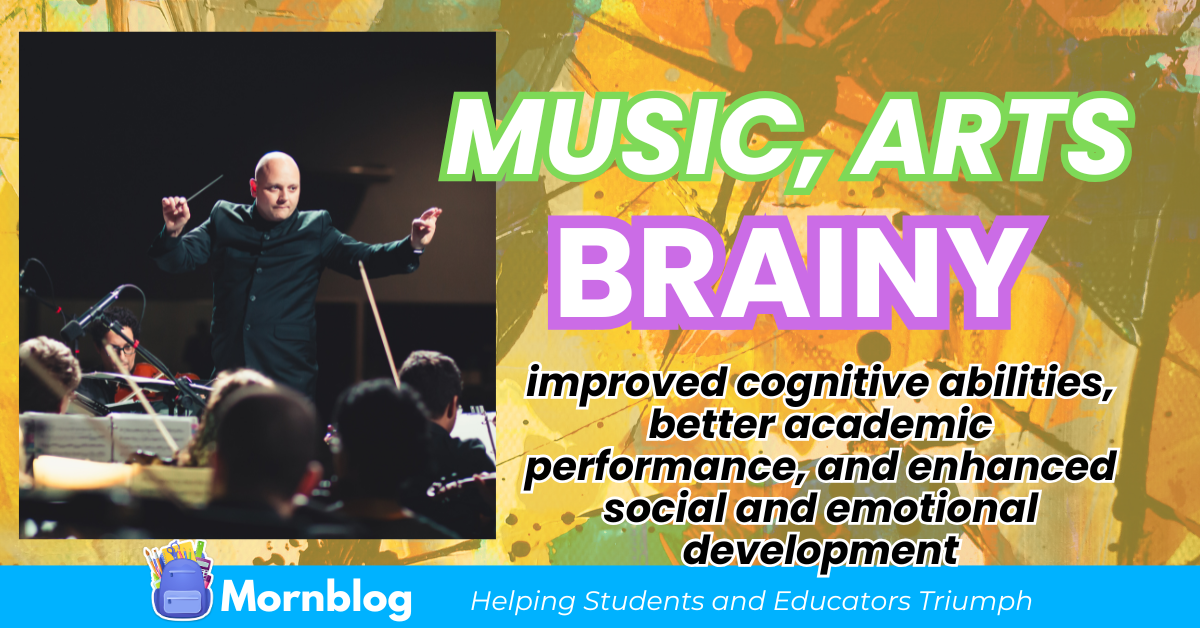Discover: Definitely Delightful SQ3R Comprehension Approach to Transform Reading to Active Learning Experience
Effective studying requires more than just reading and highlighting text.
One proven method that enhances comprehension and retention is the SQ3R strategy, which stands for Survey, Question, Read, Recite, and Review.
Get the hang of SQ3R comprehension approach to transform reading to active learning experience.
This systematic approach transforms passive reading into an active learning experience, promoting deeper understanding of the material.
Table of Contents

What is SQ3R?
The SQ3R method is a structured reading technique that encourages active engagement with the material. It involves five distinct steps:
Survey: Skim the material to get an overview.
Question: Formulate questions based on headings or key terms.
Read: Carefully read the content to answer your questions.
Recite: Summarize the material in your own words.
Review: Revisit the content to reinforce your understanding.
This approach is particularly useful for dense or challenging material, such as textbooks, academic articles, or technical guides.
Benefits of the SQ3R Method
Active Learning
By asking questions and summarizing information, SQ3R transforms passive reading into an active process. This active engagement helps embed the material in your memory.
Improved Retention
The repetitive steps of reading, reciting, and reviewing ensure the information is not only understood but also retained over the long term.
Better Organization
Breaking down the material into manageable chunks prevents overwhelm and makes studying more efficient.
Adaptability
SQ3R works for various subjects and materials, from literature to science textbooks, making it a versatile strategy.
Breaking Down the Steps
Step 1: Survey
Before diving into the text, take a few minutes to skim through it. Look at headings, subheadings, bold or italicized words, and any summaries or questions provided at the end of the chapter. This step gives you a general idea of the structure and main points.
Example: If you’re reading a biology chapter on photosynthesis, note the section titles like “Light Reactions” or “Calvin Cycle” and any diagrams or highlighted terms.
Step 2: Question
Turn headings or key terms into questions. This primes your brain to actively search for answers while reading, enhancing focus and curiosity.
Example: For the section “Light Reactions,” you might ask, “What are the main stages of light reactions?”
Step 3: Read
Read the material thoroughly, keeping your questions in mind. As you encounter answers, take brief notes or highlight key points.
Tip: Avoid highlighting excessively; focus on key phrases or definitions.
Step 4: Recite
After finishing a section, pause to summarize what you’ve read in your own words without looking at the text. This step solidifies your understanding and helps identify gaps in your knowledge.
Example: Explain the process of the light reactions aloud or write a brief summary: “Light reactions occur in the chloroplasts and involve capturing light energy to produce ATP and NADPH.”
Step 5: Review
Finally, go back over the material. Revisit your questions, summaries, and notes to reinforce the information. Regular review prevents forgetting and strengthens connections between concepts.
Tip: Spaced repetition is particularly effective during the review phase. Plan to revisit the material after a day, a week, and a month.
Applications of SQ3R
Academic Texts
Use SQ3R for textbooks, research articles, or any material requiring in-depth understanding.
Example: In history, this method helps break down and remember complex events or timelines.
Exam Preparation
SQ3R is ideal for subjects with a lot of detail, such as science or law, as it ensures comprehensive coverage and retention.
Self-Learning
If you’re teaching yourself a new subject or skill, SQ3R provides structure and focus, helping you learn effectively.
Tips for Mastering SQ3R
Stay Consistent
Like any study strategy, the effectiveness of SQ3R improves with practice. Use it regularly to develop a habit of active reading.
Customize the Steps
Adjust the steps to suit your needs. For example, spend more time on reciting if you struggle with retention, or focus on reviewing if exams are approaching.
Pair with Other Strategies
Combine SQ3R with tools like digital flashcards, concept maps, or association chains for enhanced learning.
Minimize Distractions
Choose a quiet, focused environment for studying to maximize the benefits of the SQ3R method.
Common Challenges and Solutions
Challenge: Time-Consuming
SQ3R can take longer than simply reading the text.
Solution: Focus on important sections and skip less critical parts when time is limited.
Challenge: Difficulty Creating Questions
Some topics may not lend themselves to straightforward questions.
Solution: Rephrase the material into simpler terms to generate questions or ask, “Why is this important?”
Challenge: Forgetting to Recite
Skipping the recite step can lead to poor retention.
Solution: Set reminders or cues to pause and summarize after each section.
Conclusion
The SQ3R method is a proven, versatile strategy that promotes active learning and long-term retention.
By systematically surveying, questioning, reading, reciting, and reviewing, students can tackle even the most complex material with confidence.
Whether you’re preparing for exams or exploring a new subject, SQ3R transforms passive reading into an effective study session, empowering you to learn smarter, not harder.
School Hacks
Subscribe
Fresh insights and exclusive perks delivered straight to your inbox. Sign up now!








